The deep red flowers of ‘Valentine’ start appearing in winter, when most plants have closed up shop, adding much-needed color to landscapes throughout the Southwest. Flowers begin to appear around Christmas, and blooming peaks around Valentine’s Day. Native to the warm, arid climate of Australia, this low-maintenance shrub thrives in hot, dry climates, making it the perfect shrub for the Southwestern garden.
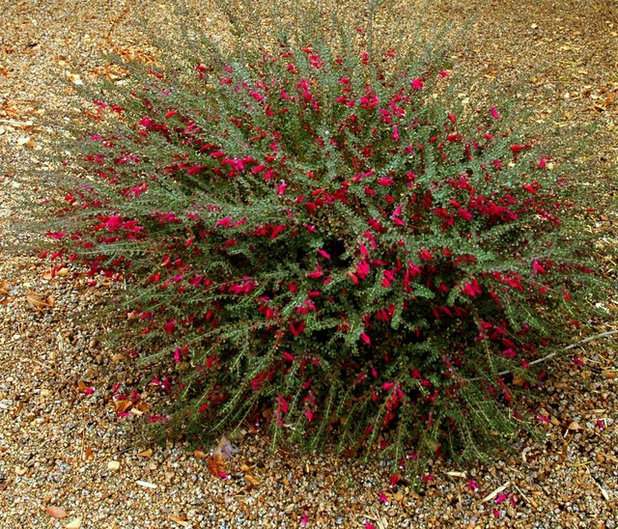
Noelle Johnson Landscape Consulting
Botanical name: Eremophila maculata ‘Valentine’
Common names: Valentine Bush, Emu Bush ‘Valentine’
Origin: Native to Australia
Where it will grow: Hardy to 15 degrees Fahrenheit (USDA zone 8; find your zone)
Water requirement: Low
Light requirement: Full sun
Mature size: 4 feet tall and 4 to 5 feet wide
Benefits and tolerances: Moderately drought tolerant once established, but looks best when watered twice a week in the summer and weekly in spring and fall. Water twice a month in winter.
Seasonal interest: Flowers throughout the year in zones 9 and above. In zone 8 flowers appear in spring through fall.
When to plant: Fall or spring
Shown: Young ‘Valentine’ shrub
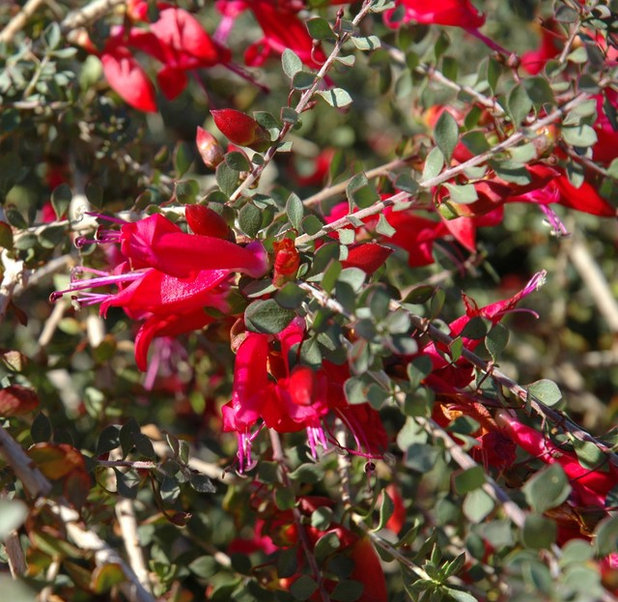
Noelle Johnson Landscape Consulting
Distinguishing traits. The beauty of ‘Valentine’ lies in its red flowers, which begin to appear in late December. As the flowers open, they reveal hot-pink centers.
Many people compare the flowers to those of fuchsia, because of their similar shape. Flowering lasts through early spring, with the peak occurring around Valentine’s Day, hence the name.
‘Valentine’ shrubs belong to a large family of blooming shrubs from the genus
Eremophila, native to arid Australia, which makes them perfect for the arid landscapes of the United States.
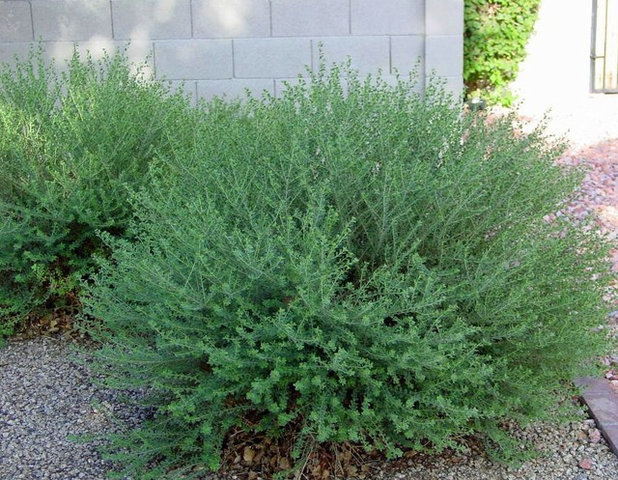
Noelle Johnson Landscape Consulting
The foliage of ‘Valentine’ consists of tiny leaves. In winter the leaves take on a maroon tinge. In warmer temperatures in spring, the leaves are a lighter green.
Shown: ‘Valentine’ shrubs in summer
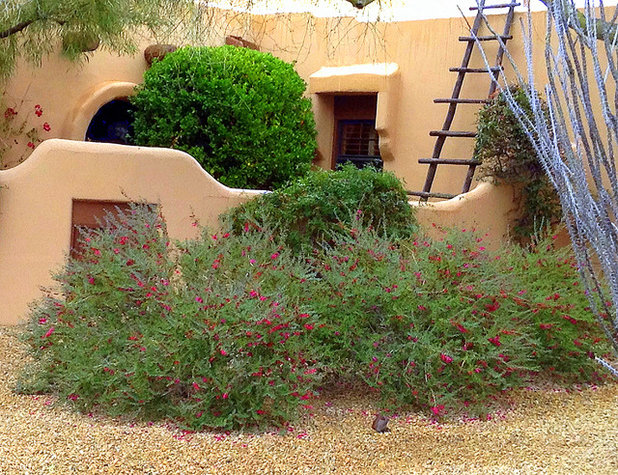
Noelle Johnson Landscape Consulting
How to use it. Use ‘Valentine’ in areas where winter color is desired. It looks great as a foundation plant against a wall as an informal hedge.
In addition to beautifying residential landscapes, ‘Valentine’ is a great choice for parking lots, street plantings and other commercial landscapes.
Shown: Informal ‘Valentine’ hedge
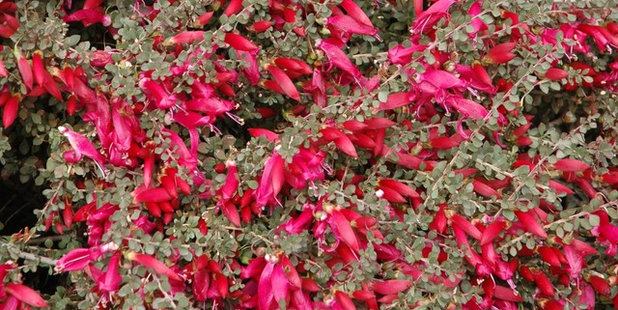
Noelle Johnson Landscape Consulting
Pair it with yellow-flowering shrubs and perennials that bloom at the same time for great color contrast.
Feathery cassia (
Senna artemisiodes), damianita,
desert marigold (
Baileya multiradiata) and
brittlebush (
Encelia farinosa) will bloom at the same time as ‘Valentine’, creating a colorful landscape grouping.
Plant it near summer-flowering shrubs such as
Texas ranger (
Leucophyllum species),
yellow bells (
Tecoma stans stans) or
‘Orange Jubilee’ (
Tecoma x ‘Orange Jubilee’) for year-round color in the landscape.
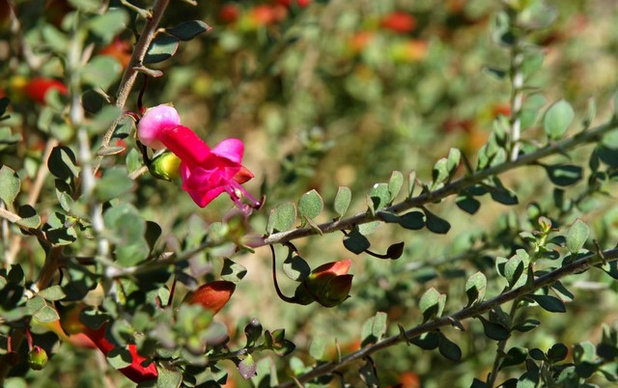
Noelle Johnson Landscape Consulting
Planting notes. Plant it in full sun and well-drained soil. ‘Valentine’ isn’t fussy, but it does not like continually wet soil. Prepare the planting hole with a mixture of compost and the existing soil at ratio of 1:1, which will help with drainage.
‘Valentine’ will need to be pruned once a year in late spring, once the flowers have faded. Shear them back to approximately 2 feet high and wide in late April or May.
More: What to Do in Your Garden Now





